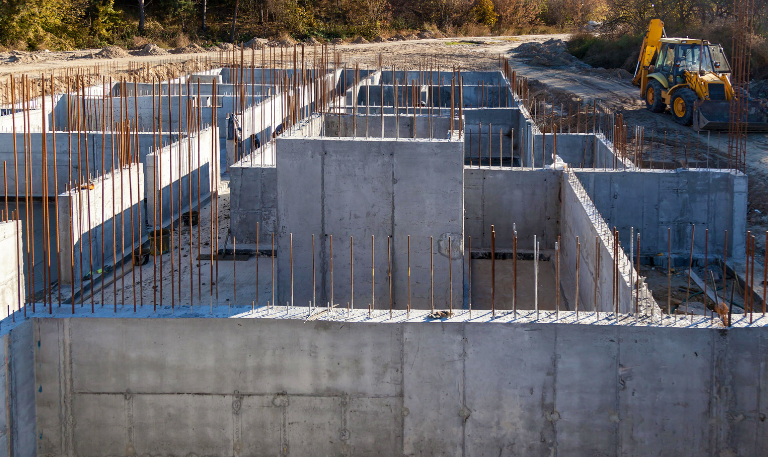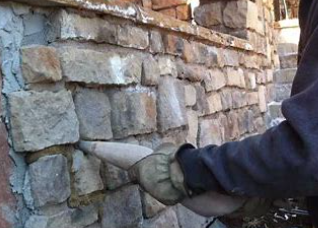5 Common Hardscaping Mistakes To Avoid In Maryland
You can find thousands of online guides on how to perform particular hardscaping tasks, many of them with conflicting advice or details that are specific to certain types of lawns. If you want to hardscape your Maryland property, the best thing to do is hire a professional hardscaping company that knows exactly how to treat your lawn and give a solid outdoor design to it. Here are some five common hardscaping mistakes to avoid in Maryland if you are attempting to hardscape by yourself.
Stained Pavers
Pavers on walkways, driveways, and patios can get stained. Pavers can be stained by oil drips, fallen leaves, or salt exposure. Instead of allowing the stains to penetrate further, scrub them and then hose them down. It is also recommended to seal your pavers regularly (i.e., once every few years) to close the pores in the concrete and increase their resistance to stains.
Concrete Sidewalks with Cracks
Cracking in concrete is inevitable. However, it need not be visually disruptive or problematic. Proper finishing techniques like control joints create a preferential path for cracks to travel through. Furthermore, the roots of trees that grow beneath them can cause shifting and cracks. Cracks can be patched, but larger shifts either need to be ground off or replaced. Should tree roots be the culprit, hire skilled professionals to carefully prune them back.
Paver Joints Covered in Moss or Weeds
In the joints between pavers, dust and dirt can quickly nestle, leading to moss and weeds growing. You can avoid this mistake by removing the sand that was previously between the joints and replacing it. But before that spritz some herbicide on the weeds, and clean them out by hand. Moreover, you can also keep dust and dirt from accumulating in the joints by using a sealant.
Concrete or Pavers Sinking
Sinking concrete and pavers are usually caused by poor subsoil compaction or water drainage. Water can cause pavers to sink if a proper drainage plan isn’t implemented during installation. After it has happened, the drainage needs to be addressed to prevent it from getting worse or spreading. Possible solutions include installing a French drain, running a drain pipe, or adding gravel to the drainage area. You can also pour new concrete and replace the pavers.
Pavers Coated with White Film
It is common for pavers to be made of concrete, which contains lime. During wet, cool weather, calcium in the lime can rise to the surface, coating paving stones in a white film — a process called efflorescence. First off, relax. This is a temporary problem that occurs naturally. However, you can prevent or remediate this with special purpose cleaners.
Avoid these Mistakes with Ernest Maier
Leaving cracks and sunken hardscapes unattended will result in more cracks and sinking. Tripping hazards are created by cracked and uneven hardscapes. The best way to avoid these mistakes is by doing proper installation, and to get rid of damaged pavers, you need to use the right components. The only place to avail yourself of legitimate hardscaping materials is, Ernest Maier. Do contact us for more information.

Sales-Outdoor LivingKen Cook
Latest News

4 Ways To Reinforce Concrete
Concrete is one of the most fundamental materials used in construction. If you’re working on a domestic project or a […]

The Environmental Benefits Of Using Ready-Mix Concrete
The construction industry is changing quickly to meet the growing demand for sustainability and eco-friendly practices. One of the most […]

6 Essential Tips For Grouting Stone Veneer
Grouting stone veneer is an important step in the installation process that can significantly impact the overall look and durability […]

Should You Fill Hollow Concrete Blocks?
Hollow concrete blocks are widely used in construction due to their strength, versatility, and lighter weight compared to solid blocks. […]
